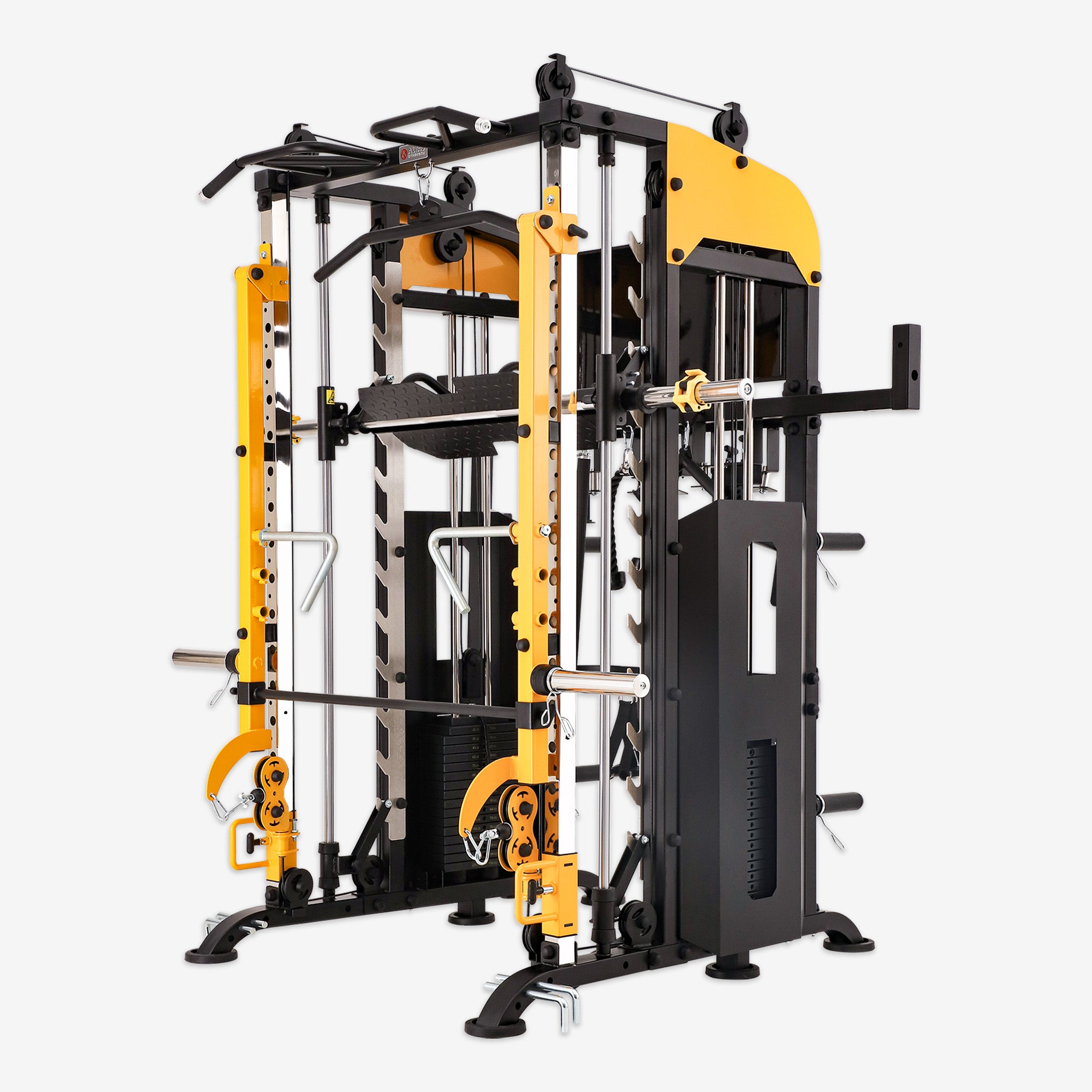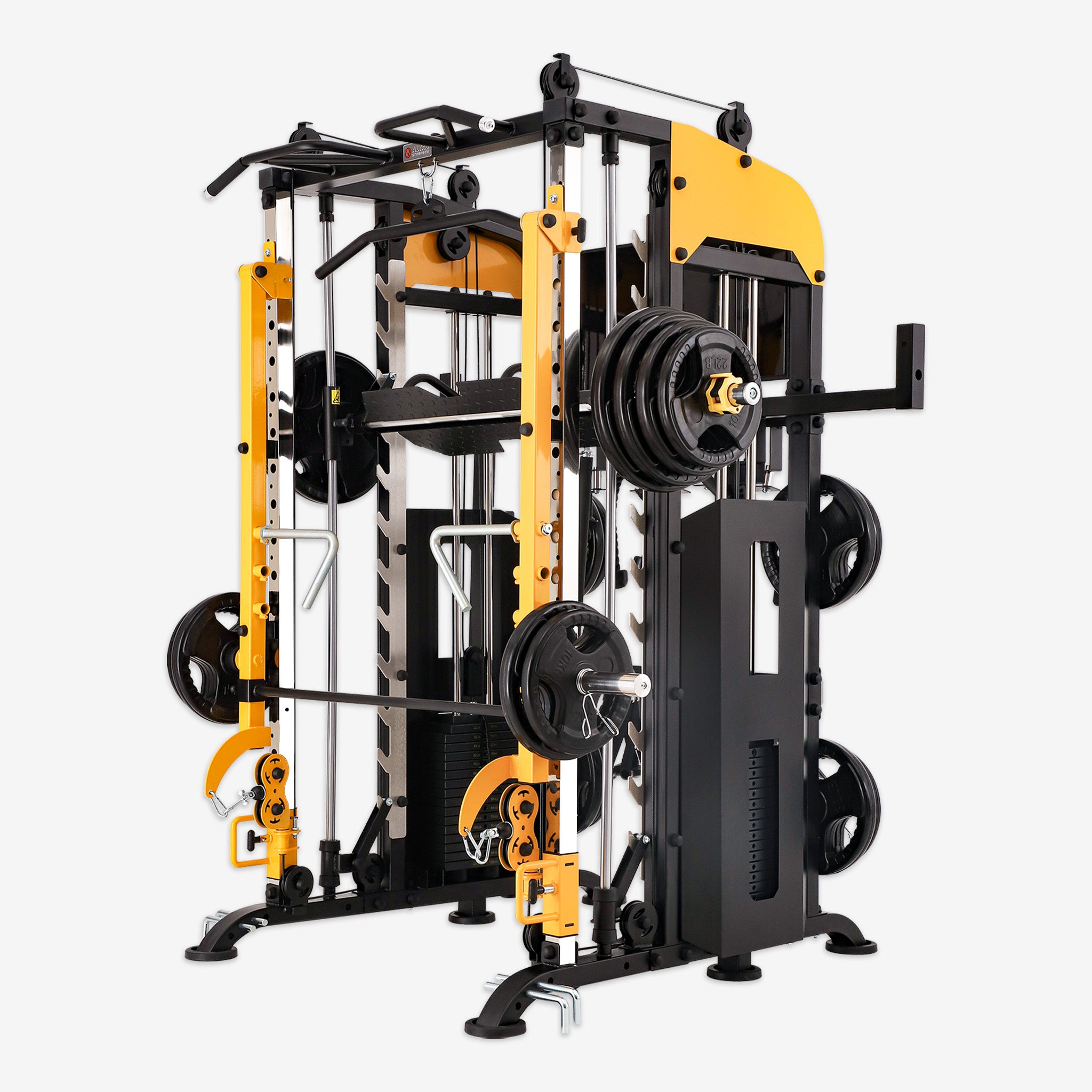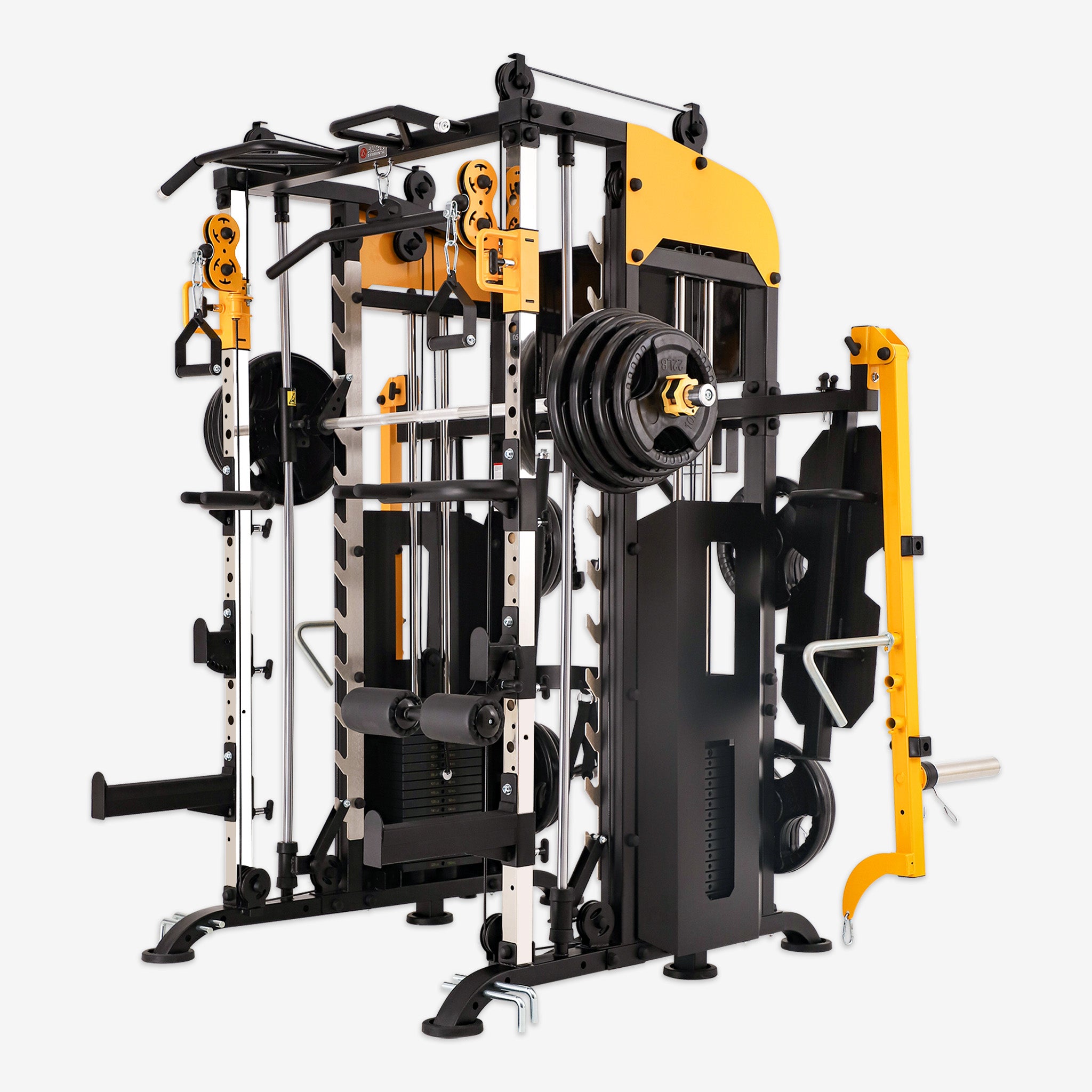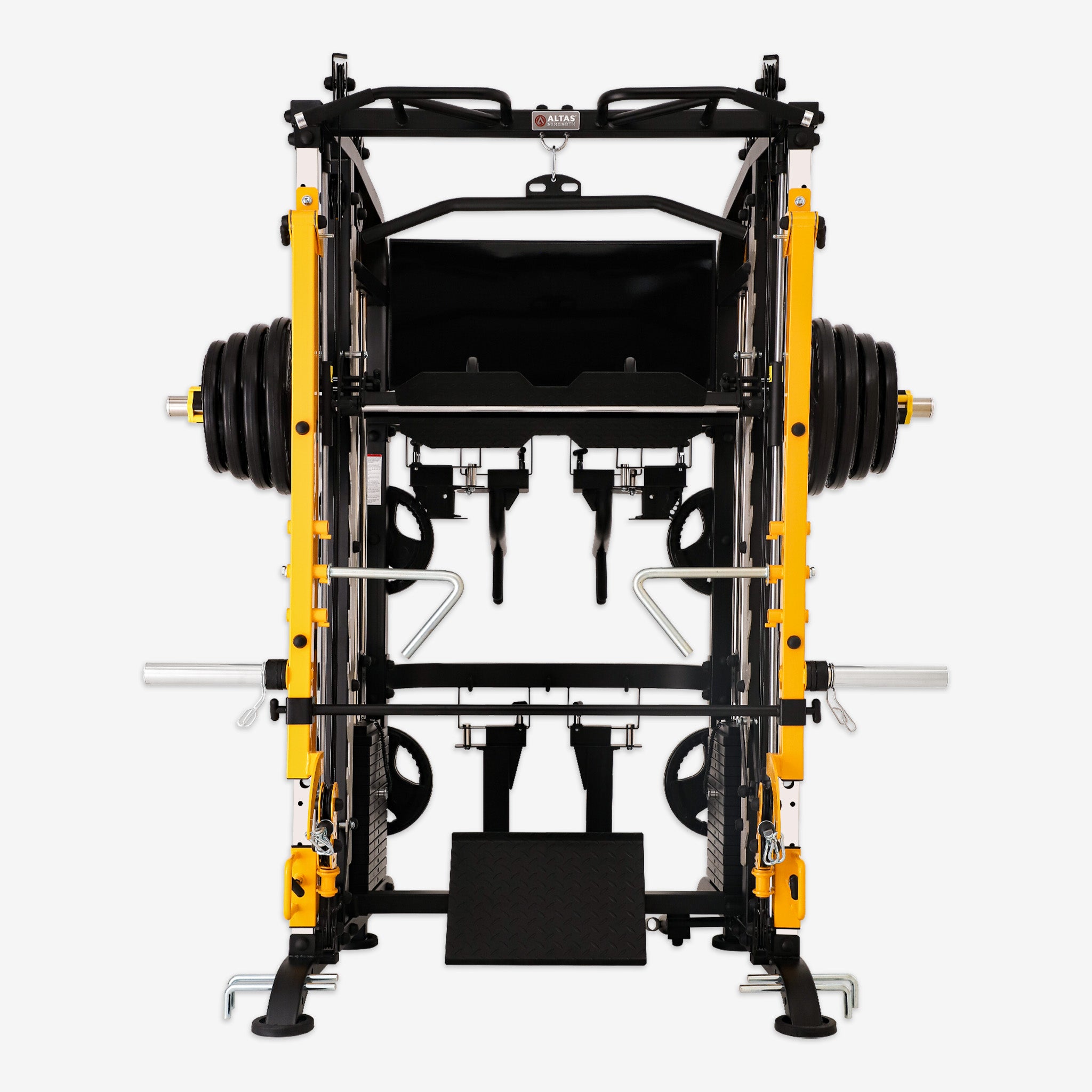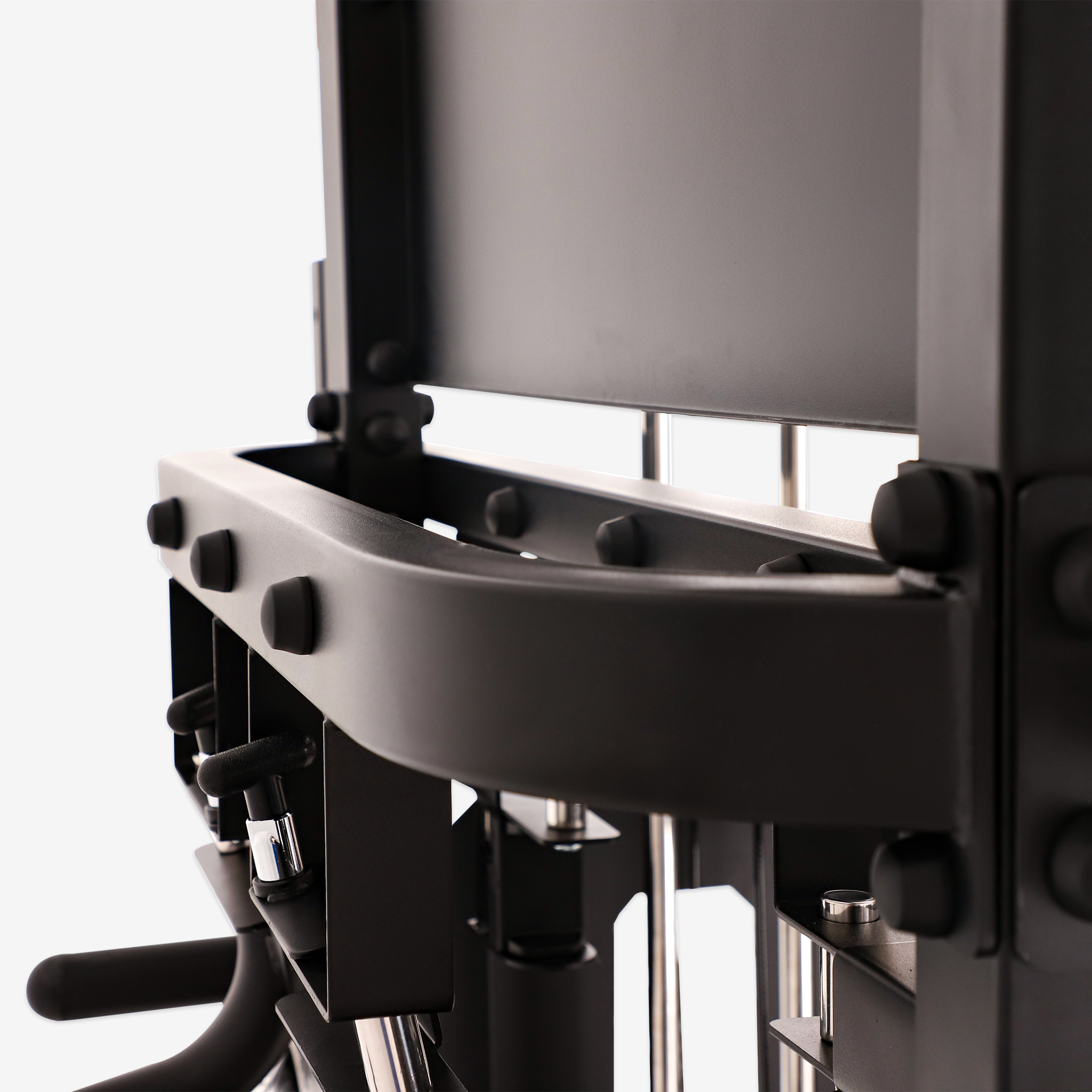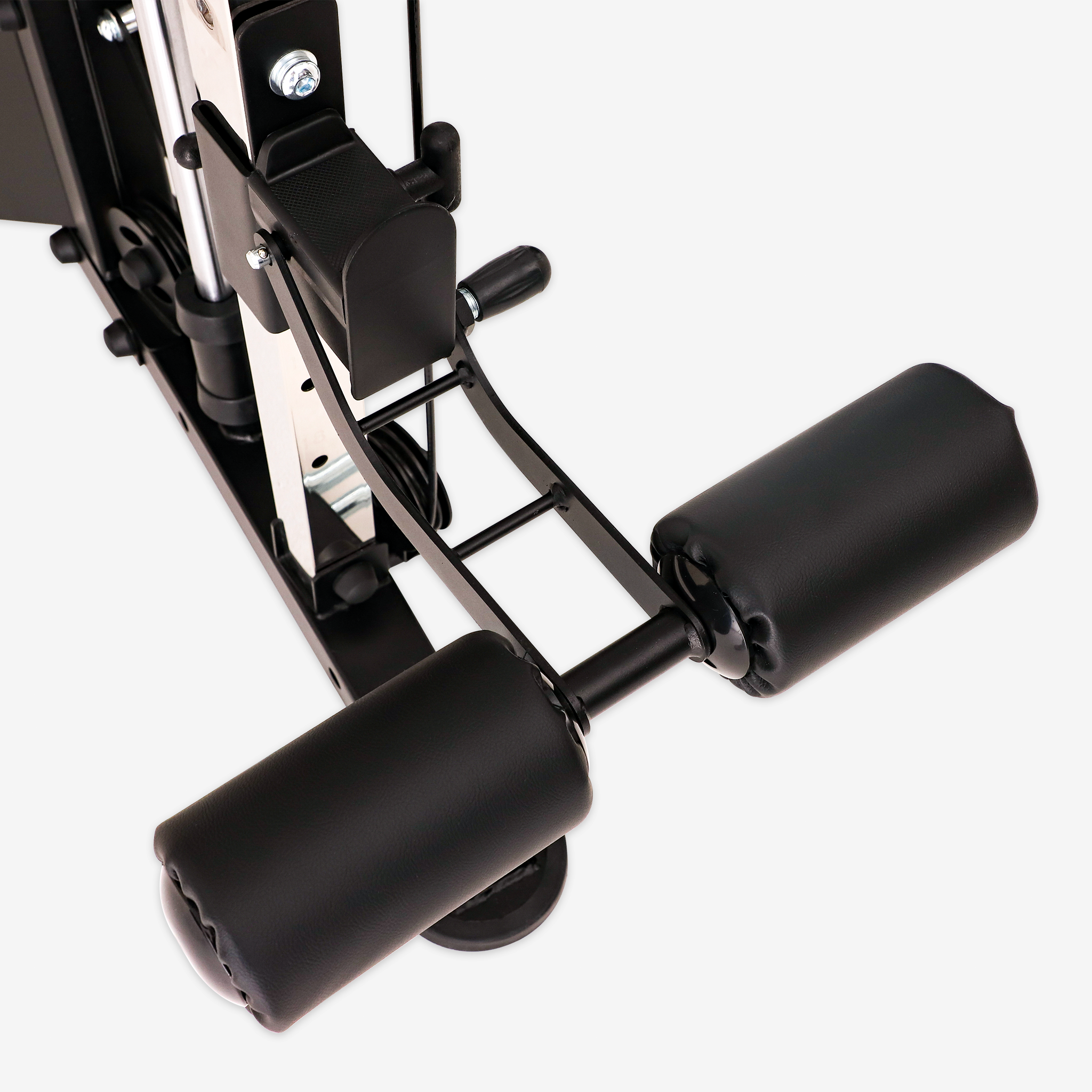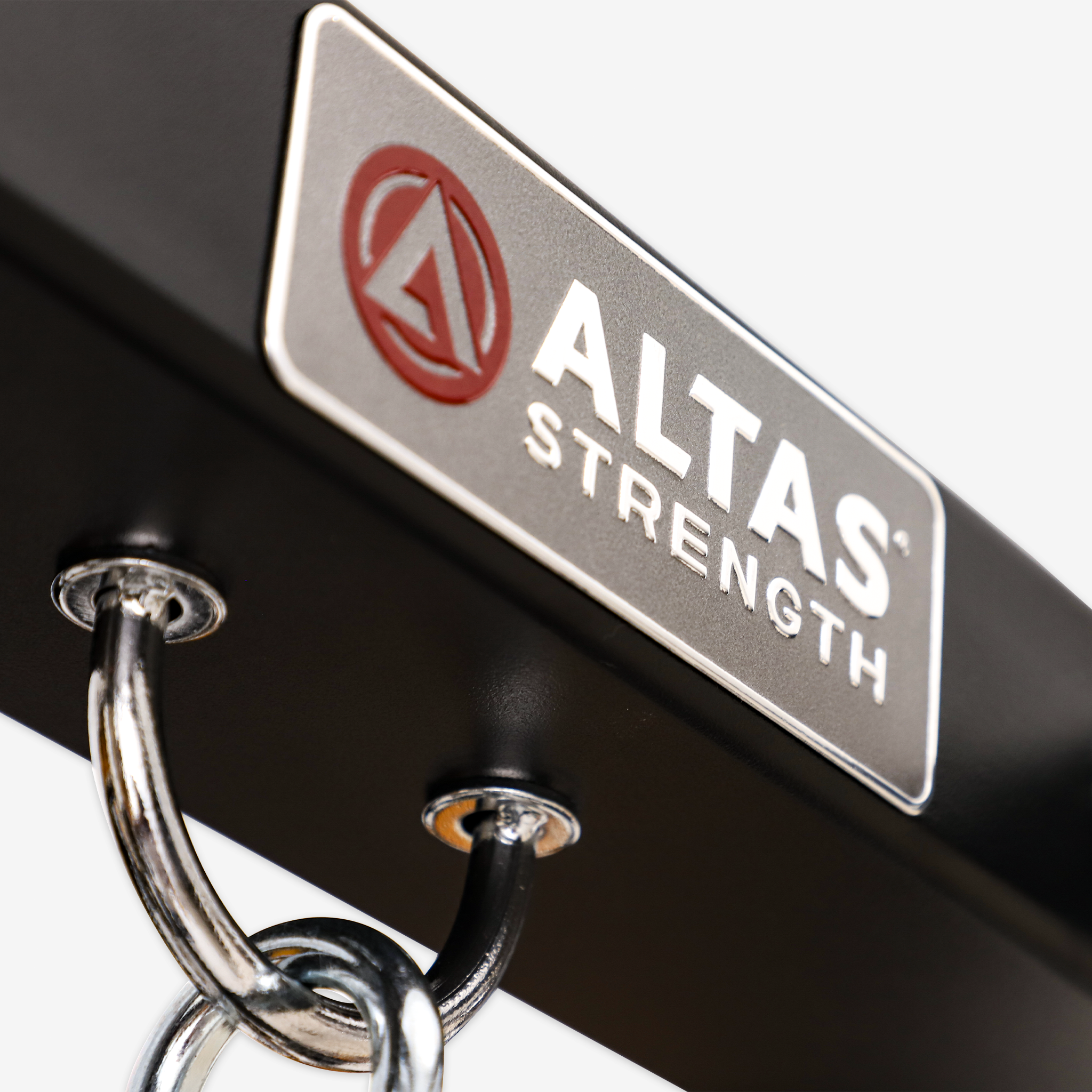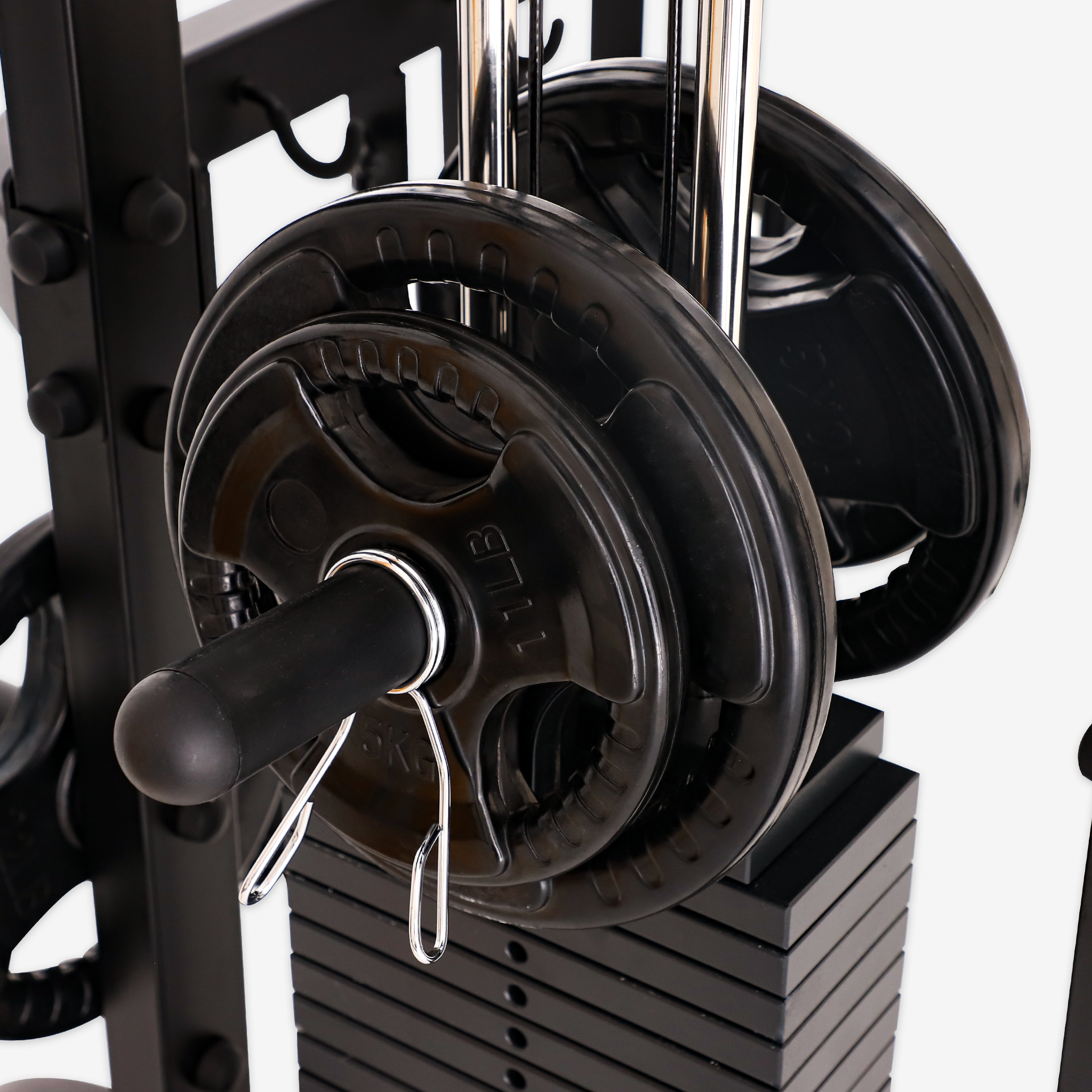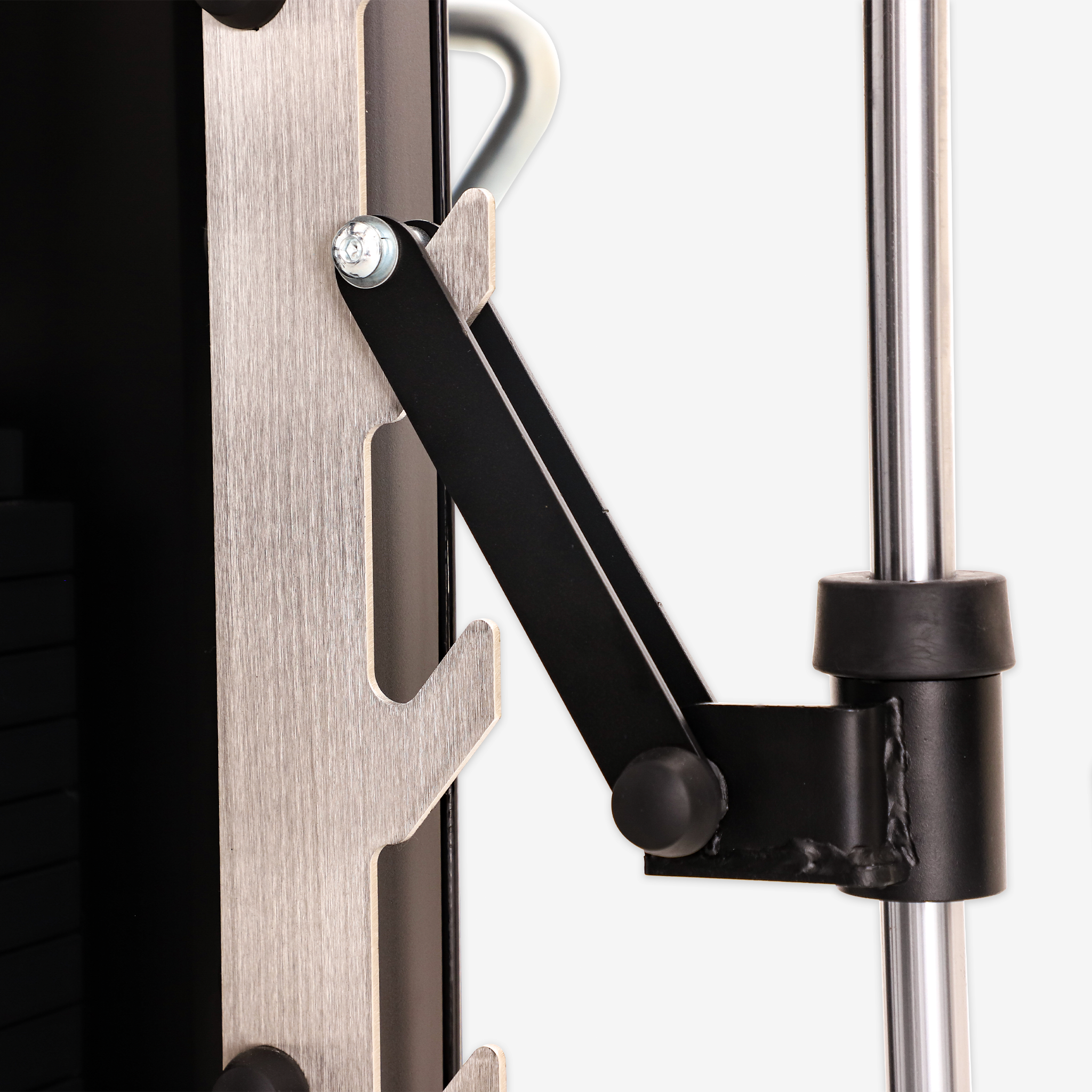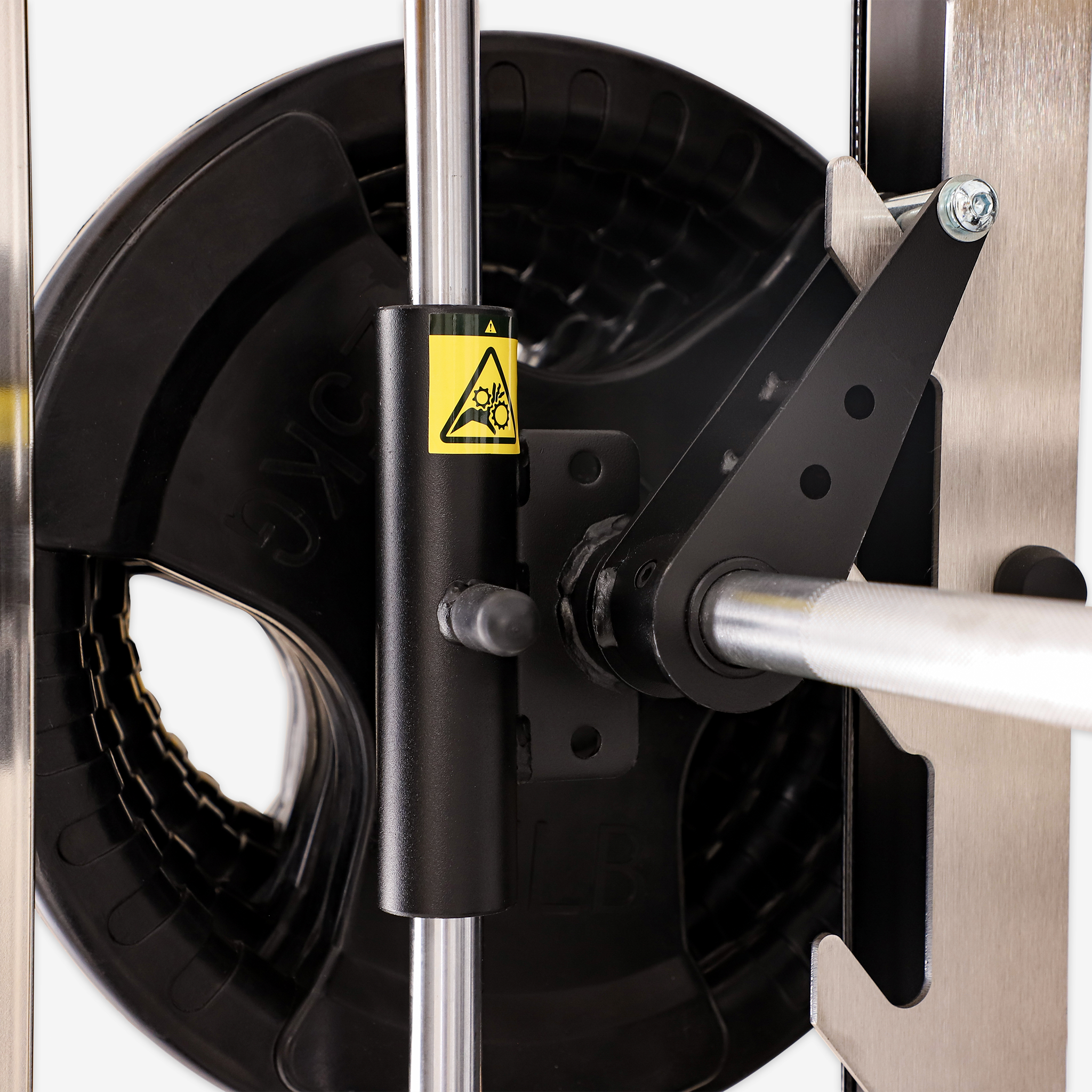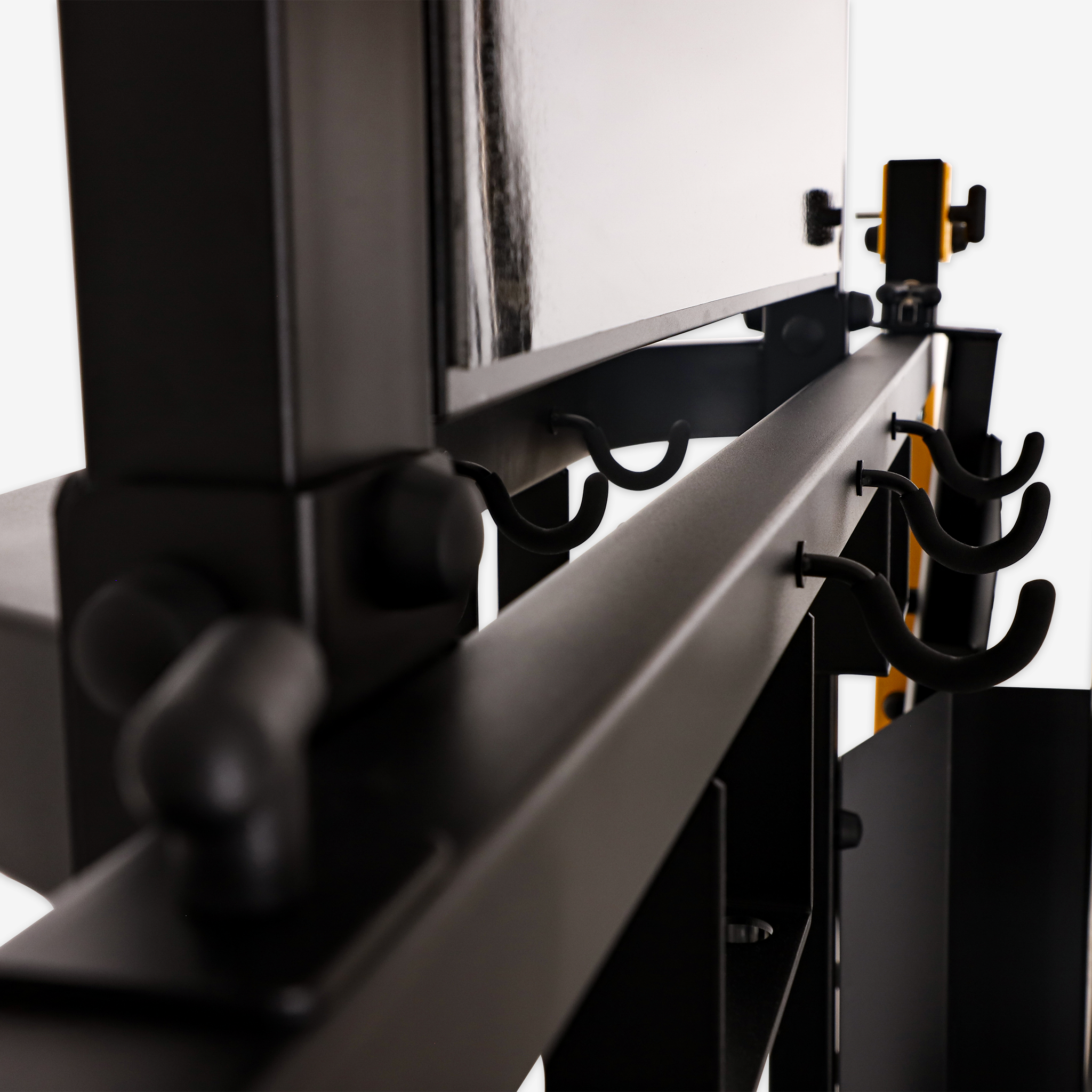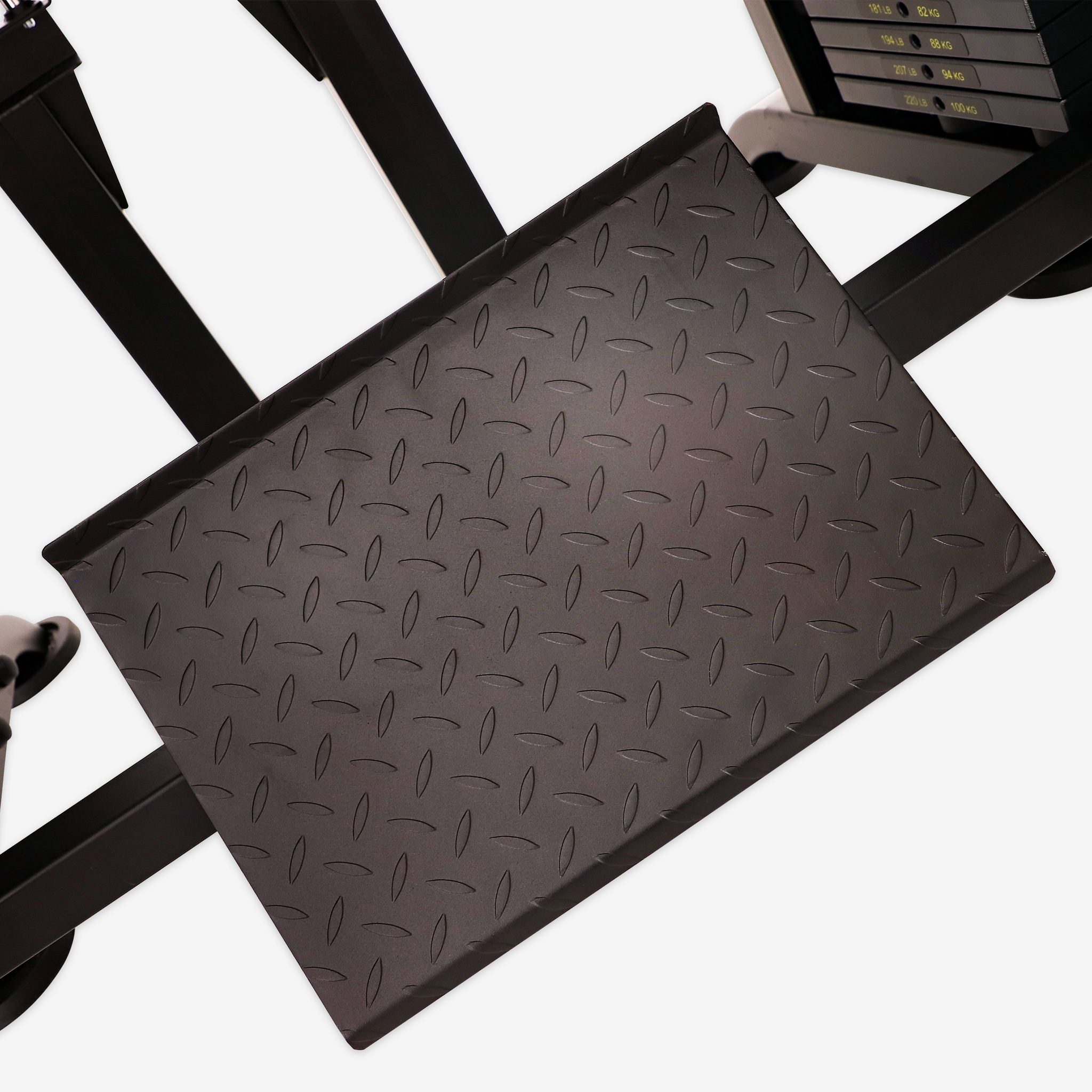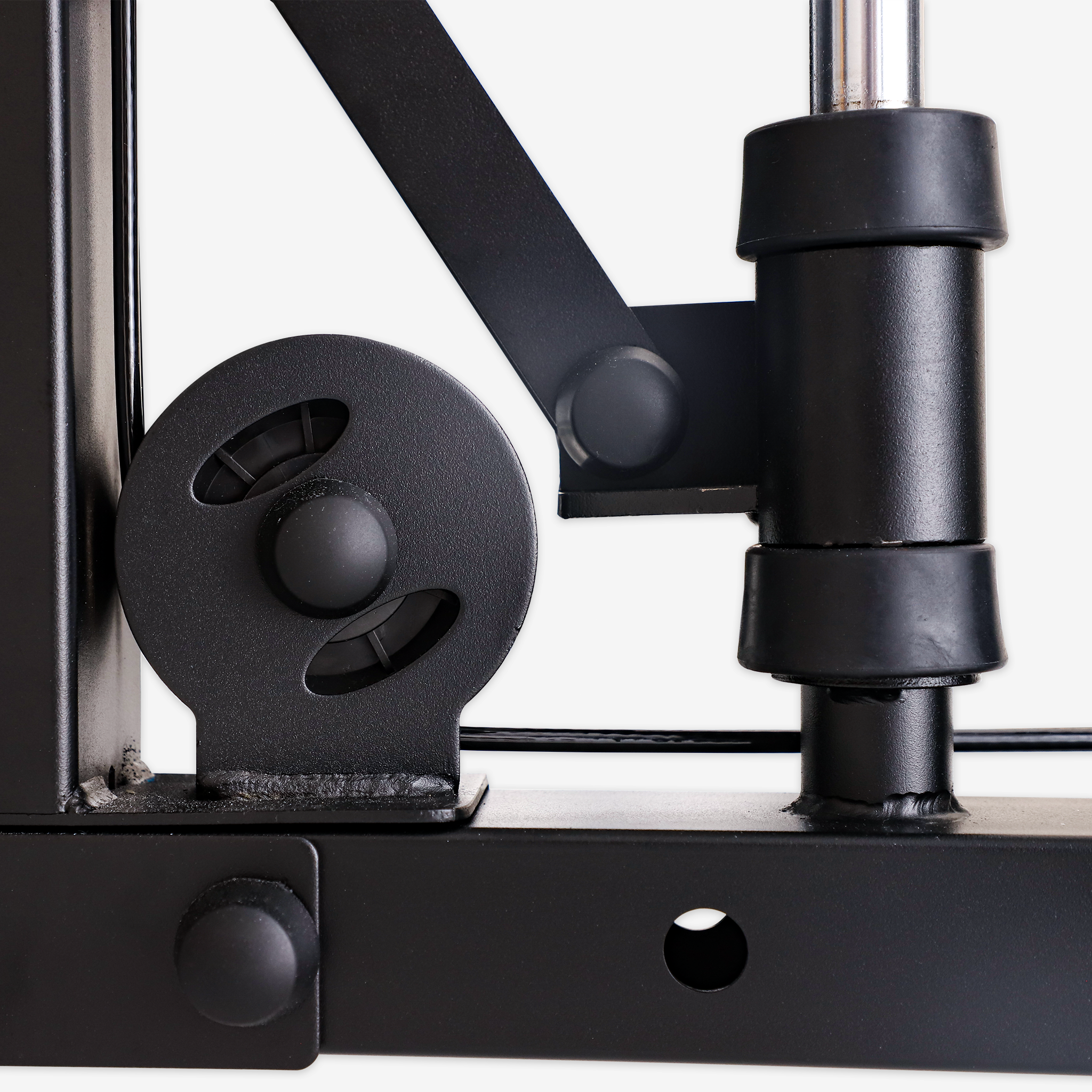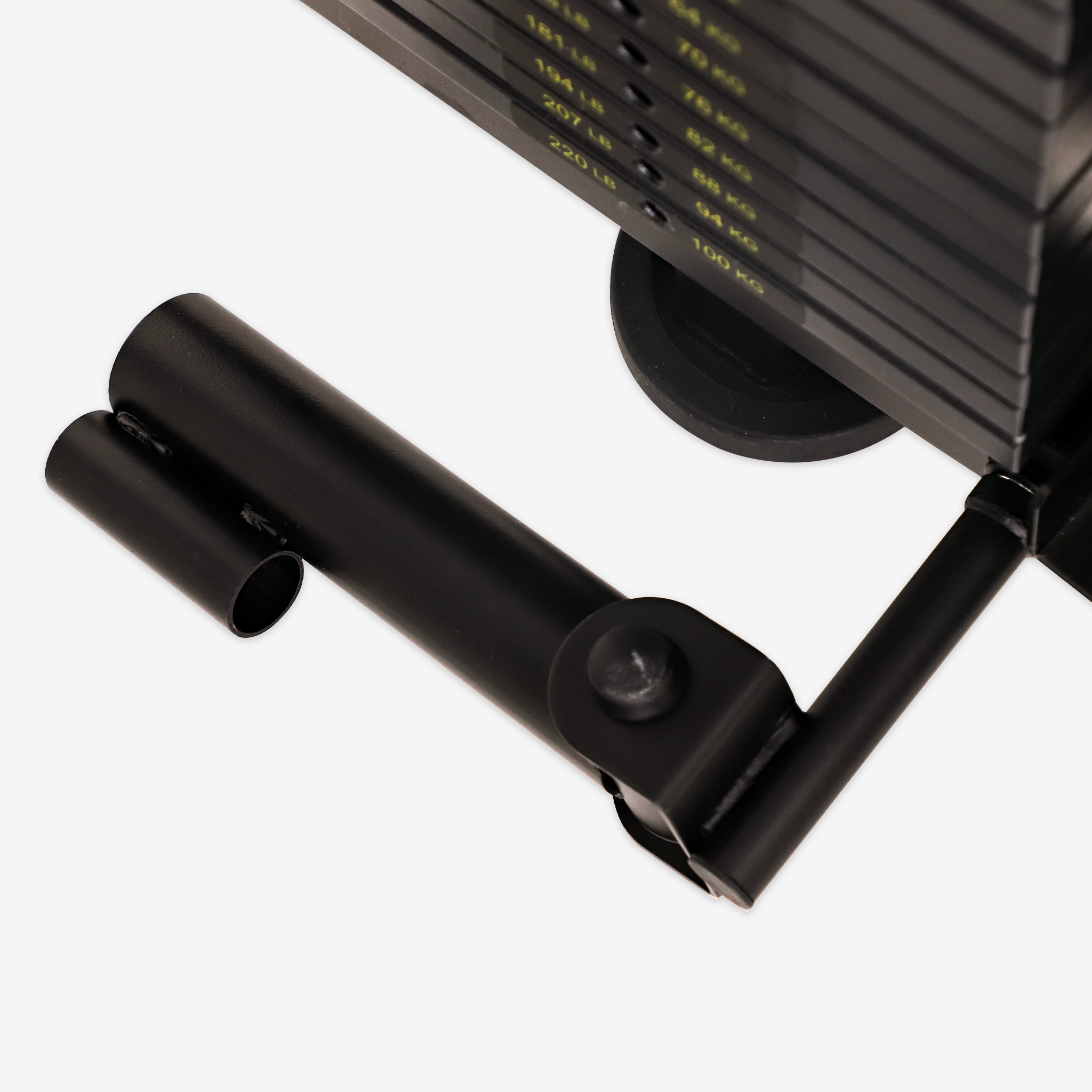The Smith machine split squat is a fantastic exercise for targeting the lower body muscles while providing added stability and safety. Whether you're a beginner or an experienced lifter, incorporating this exercise into your routine can offer numerous benefits. In this blog post, we’ll explore the advantages, primary muscles worked, and a step-by-step guide to performing the Smith machine split squat correctly.
Advantages of the Smith Machine Split Squat
- Stability: The Smith machine provides a fixed vertical movement trajectory, reducing body sway and instability. This makes the exercise safer and more stable, particularly for beginners.
- Height Adjustment: The barbell height on the Smith machine can be adjusted, allowing for easy setup and facilitating deep squat movements.
- Safety: The Smith machine helps manage the load, reducing the risk of injury from excessive weight or incorrect posture.
- Specificity: This exercise specifically targets the inner and outer thighs, glutes, and core muscles, aiding in comprehensive lower body development.
- Range of Motion Control: The Smith machine assists in maintaining a consistent range of motion, ensuring better muscle targeting with each repetition.
Primary Muscles Worked
- Quadriceps: Located on the front of the thigh, these muscles are crucial for knee extension during the squat movement.
- Gluteus Maximus: The largest muscle in the buttocks, essential for squatting and rising movements, and maintaining body stability.
- Gluteus Medius: Located on the side of the gluteus maximus, involved in hip rotation and stabilization.
- Hamstrings: Found on the back of the thigh, these muscles aid in knee flexion.
- Adductors and Abductors: These muscles stabilize the hip joint during internal and external rotation, strengthening lateral thigh support.
- Soleus: A calf muscle involved in knee extension during the rising movement.
Step-by-Step Guide to Performing the Smith Machine Split Squat
1. Preparation
- Adjust the Smith machine barbell to the appropriate height.
- Stand beneath the barbell with your back facing the machine.
- Grip the barbell with both hands, allowing it to rest on your upper back.
- Position your feet shoulder-width apart. Beginners can slightly point their toes outward.
2. Squat Movement
- Inhale and maintain a straight back.
- Tighten your abdomen and slowly bend your knees, squatting until your thighs are parallel or slightly below the ground.
- Control the speed of the squat, maintaining stability and avoiding knee collapse.
3. Push-Up Movement
- Keep your legs stable and heels on the ground.
- Use the power from your heels to push your body up.
- Exhale as you push the barbell up until your knees are fully extended, returning to the starting position.
- Ensure your back remains straight, avoiding excessive forward lean.
4. Repetition
- Complete one full movement and return to the starting position.
- Aim for 8-12 repetitions per set, adjusting based on individual circumstances and training goals.
Important Tips for Optimal Performance
- Maintain Correct Posture: Keep a straight spine and avoid excessive forward tilt or lower back curvature. Ensure your feet are parallel or slightly turned outward, with knees aligning with toes.
- Knee Positioning: Avoid letting your knees go beyond your toes or twisting inward or outward to reduce knee stress.
- Depth Control: Regulate squat depth to avoid over-squatting and potential muscle injuries. Thighs should be parallel to or slightly below the ground.
- Breathing Technique: Inhale during the descent and exhale during the ascent, maintaining smooth breathing for stability.
- Weight Management: Start with lighter weights and gradually increase the load to avoid muscle injuries or poor posture due to excessive strain.
- Movement Control: Pay attention to movement control and rhythm, avoiding inertia or elastic force to perform the exercise. Focus on quality repetitions.
- Warm-Up and Stretching: Engage in appropriate warm-up activities and muscle stretches before performing Smith machine split squats to minimize muscle strain risk.
- Personal Capacity: Plan training schedules and repetitions based on individual physical condition and training objectives to prevent overtraining and muscle fatigue.
Conclusion
The Smith machine split squat offers numerous benefits, enhancing safety, stability, and workout effectiveness. It's a suitable exercise for those seeking assistance and stability during training. However, it's crucial to select a training method that aligns with your physical condition and goals. By following the correct technique and maintaining proper form, you can maximize the advantages of this powerful lower body exercise.




